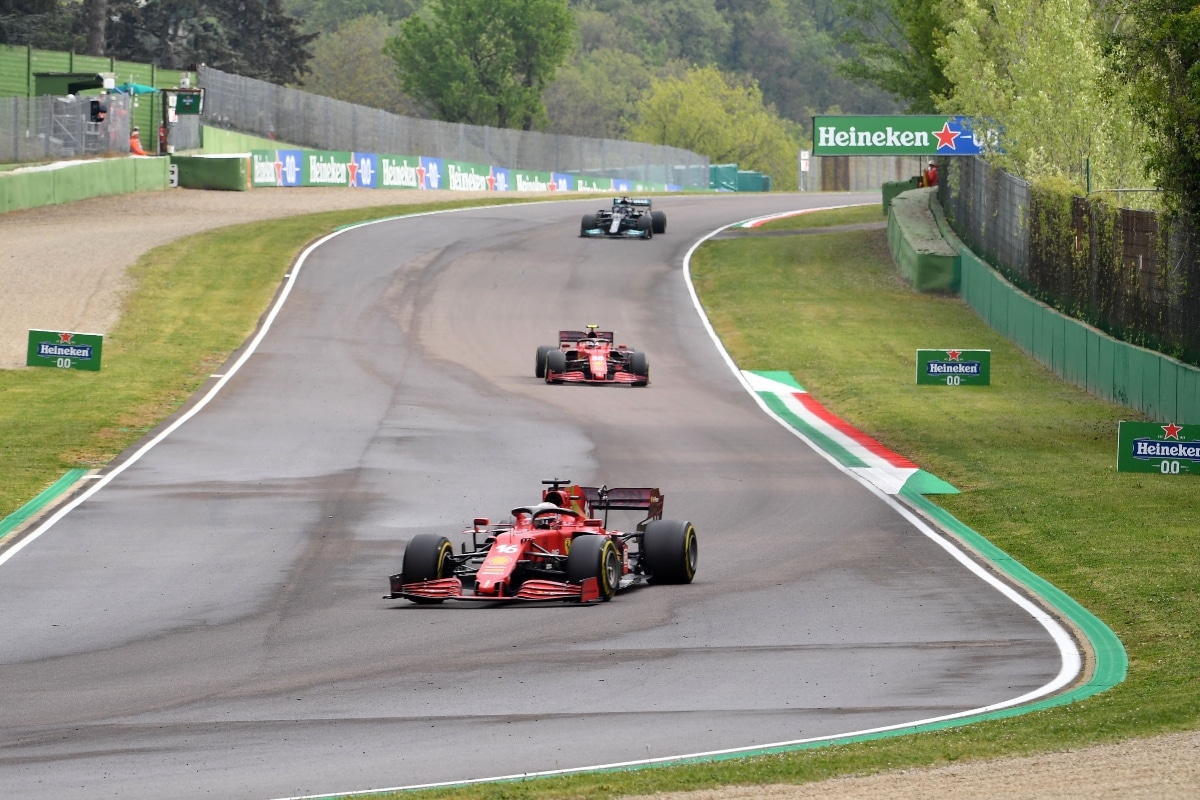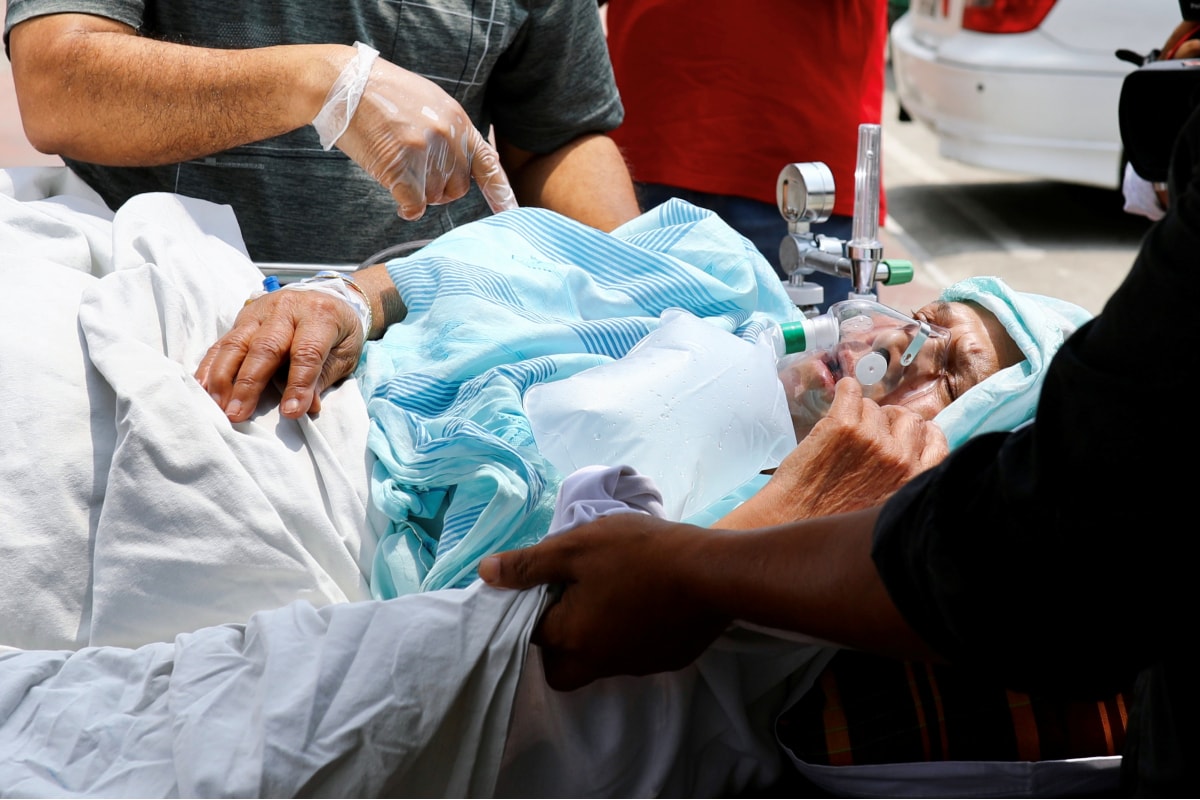WILDFLOWERS
By Liniers
We all think we’re familiar with children’s play, from seeing it around us or remembering our own youth. It becomes background noise: princesses, pirates, nothing special. But if we really listen, as the Argentine comics artist and picture book illustrator Ricardo Liniers Siri does, we can discover a surprising and sometimes scary world through which children move fearlessly, just under our noses. In his early-reader graphic novel “Wildflowers” — the final, stand-alone volume in a three-book ode that also includes “The Big Wet Balloon” and “Goodnight, Planet” — Liniers (who goes by this single name professionally) lets us glimpse the lush undergrowth his daughters inhabit when they think no one’s watching.
The story opens with a disturbing image: the smoking wreckage of a plane, nose buried in a mountainside. But we find our three heroines unscathed on a beach, taking it all in stride. The youngest wonders if her butterfly friend was on the plane. The oldest sets some ground rules: “Butterflies don’t go on airplanes.” The middle sister declares that it’s time to explore the island. And they’re off!
Liniers’s lovely watercolor-and-ink artwork is packed with detail that kids can lose themselves in. A giant flower talks to the youngest sister, declaring her the strangest wildflower it has ever seen. The girls discover a tiny house, home to an equally tiny gorilla, and an ominous sign that reads “Only Reality Can Kill a Dragon.” Popcorn-snow provides a much-needed snack. There is a palpable sense of danger throughout, but that’s part of the thrill. “I love being a flower,” the middle sister cries. “And I love being wild!” the youngest roars.
Maurice Sendak did a masterly job capturing the untamed underbelly of childhood, most famously in “Where the Wild Things Are.” Adults are unsettled by his hero Max’s occasional violence and the genuinely dangerous creatures he conjures up — it’s not how we like to imagine our kids playing. But children recognize it; that’s what the world is like to them. “Wildflowers” feels like an older sister to Sendak’s work, maybe taking place on the next island over from Max’s wild rumpus.
Unlike Max, whose journey is solitary, the girls have one another. There are some well-observed sibling dynamics at play as they jostle for leadership, taking turns at discovering what comes next. The assertive oldest, occasionally a bit of a know-it-all, often takes charge. The youngest struggles to keep up, desperate to be included. But there is a filial sweetness, too. The older sisters indulge the youngest and her wild ideas, and comfort her when she feels sad for reasons she can’t explain.
Over the course of the story we start to suspect the girls might be architects as well as explorers of this island. “What is it? Can I say?” the middle sister asks upon hearing a mysterious growl. When the sisters finally face their nemesis, the massive dragon in its lair, it bites off her leg. But her delighted reaction, and the way she waggled her foot in front of its mouth, suggest maybe that was the plan all along. An adult would gasp in horror at losing a limb, but to a child that’s part of the fun.
Just as we realize the nature of the jungle, reality swoops in — in the form of a parent calling the girls to set the table. The gorilla becomes a stuffed animal, the popcorn-snow an empty bag, the crashed plane a toy. We never find out how the wildflower girls would have defeated the dragon, because reality does it for them. But one hopes that after dinner they’ll pick right up where they left off. And maybe this time we’ll be eavesdropping a little more closely.





More Stories
At Ailey’s Spring Gala, Different Kinds of Hope
Is the Forced Contraception Alleged by Britney Spears Legal?
5 Things to Do This Weekend